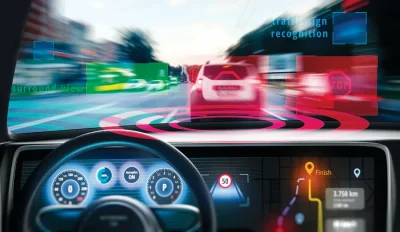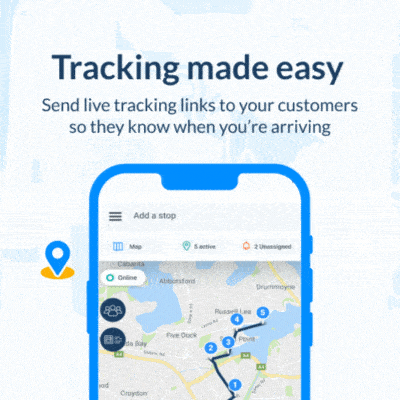China is at the forefront of the autonomous vehicle (AV) revolution. But the country is also grappling with the complex balance of ensuring passenger safety while addressing privacy concerns related to the use of robo-taxis.
China’s general office of the ministry of transport posted a regulatory framework – titled ‘Autonomous Vehicle Transportation Safety Service Guidelines – earlier this month. The guide highlights how trips in a robo-taxi will be recorded; in both audio and video formats.
In addition, all self-driving vehicles must be marked with “eye-catching patterns, text, or colors” on the body. This is to “clearly inform other traffic participants of their self-driving status.”
China’s robo-taxi regulations
The ministry of transport said these guidelines were created to “guide the development of autonomous driving technology and standardize the application of AVs in the field of transportation services; in accordance with laws and regulations […] of China.”
These guidelines apply to all AVs “capable of performing all dynamic driving tasks.” This includes urban busses and tram passenger transport, to taxis, road cargo transport operations on urban roads, highways, and other types of roads.
One of the requirements for robo-taxis is to be equipped to record, store, and transmit information about the trip in real-time to “self-driving transportation operators and relevant competent authorities.”
What if a robo-taxi is involved in an accident?
The framework stipulates that if an AV’s driving function fails, the information of the last 90 seconds before the accident should be recorded and stored.
This includes but is not limited to:
- Vehicle identification (frame number or vehicle license plate information, etc.);
- Vehicle control mode;
- Vehicle position, speed, and acceleration;
- Driving direction and other motion status;
- Environmental perception and response status;
- Real-time status of vehicle lights and signals;
- 360-degree video monitoring of the vehicle’s exterior;
- In-car video and voice monitoring that reflects the driver’s and human-computer interaction status;
- Remote control instructions received by the vehicle (if any);
- Vehicle faults (if any).
Privacy concerns
Unlike the United States’ regulatory framework, China will take on a more active, surveillance based approach. This raises issues about privacy since the audio and video recordings will capture all driver (if present) and passenger behavior.
In the US, Cruise and Waymo record video footage only. Audio recordings are only activated during live support calls.
ALSO READ: Waymo thrives in AV race, leaving Cruise in the rearview mirror
Speaking to Reuters back in July, US transportation secretary Pete Buttigieg said his team noted national security concerns about China’s autonomous vehicle companies in the American market.
“Whether we are talking about hardware or software, in the same way there are concerns around telecom or TikTok, there are concerns around transportation technologies,” Buttigieg explains.
Share this article
About the author
Cheryl has contributed to various international publications, with a fervor for data and technology. She explores the intersection of emerging tech trends with logistics, focusing on how digital innovations are reshaping industries on a global scale. When she's not dissecting the latest developments in AI-driven innovation and digital solutions, Cheryl can be found gaming, kickboxing, or navigating the novel niches of consumer gadgetry.














